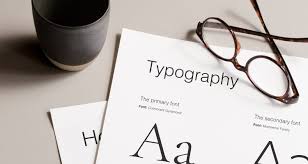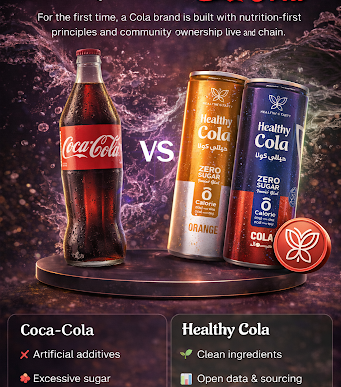A logo is the cornerstone of any brand identity. It’s a visual anchor, a symbol that encapsulates the essence of your company and leaves a lasting impression. But what goes into crafting a truly impactful logo? While visual elements like shapes and colors play a crucial role, the choice of logo fonts holds immense power. It’s not just about readability; it’s about selecting a font that speaks the brand’s language, resonates with the target audience, and sets the stage for brand recognition.
The Power of Logo Fonts: Beyond Aesthetics
A well-chosen logo font goes beyond simply conveying the brand name. It becomes an integral part of the brand narrative, influencing how people perceive and interact with your company. Here’s how:
- Establishing Brand Personality: Different fonts evoke distinct emotions and project unique characteristics. A bold, geometric font like Futura might convey a sense of innovation and modernity, perfect for a tech startup. Conversely, a flowing script font like Pacifico might exude a sense of relaxation and friendliness, ideal for a travel agency.
- Memorable and Recognizable: A unique and well-chosen logo font contributes to brand memorability. Think of Coca-Cola’s Spencerian script or Disney’s whimsical Walt Disney Script – these fonts are instantly recognizable and evoke strong brand associations.
- Building Trust and Credibility: The right logo font can inspire trust and credibility. For a financial institution, a classic serif font like Garamond might convey a sense of authority and tradition. Conversely, a playful script font might be less suitable for a brand aiming to project seriousness in the financial sector.
Exploring the Logo Font Landscape: A Stylistic Journey
From classic serifs to modern sans-serifs, the logo font landscape offers a diverse palette of options:
- Serif Fonts: These fonts, with their decorative flourishes, evoke a sense of tradition, elegance, and sophistication. Garamond, Bodoni, and Times New Roman are popular choices for brands seeking a timeless and established feel.
- Sans-serif Fonts: Clean and modern, sans-serif fonts project a sense of approachability and innovation. Helvetica, Futura, and Proxima Nova are popular choices for brands aiming for a contemporary and minimalist aesthetic.
- Script Fonts: Inspired by handwriting, script fonts add a touch of personality and informality. They can be playful and whimsical (Pacifico) or elegant and sophisticated (Lucida Script). Use them with caution, as readability can be an issue for long text.
- Display Fonts: Bold and decorative, these fonts are designed to grab attention. They can be ideal for creating logos that make a statement, though they should be used sparingly as readability can be compromised.
Choosing the Right Logo Font: A Strategic Selection Process
Selecting the perfect logo font requires a thoughtful approach that aligns with your brand identity and target audience:
- Brand Personality: Consider the core values and personality traits your brand embodies. Choose a font that reflects them and resonates with your desired brand image.
- Target Audience: Understanding your audience’s demographics and preferences is crucial. Choose a font style that resonates with them and aligns with the overall tone of your brand communication.
- Readability and Scalability: A great logo font is not just visually appealing; it’s also easily readable at various sizes. Ensure the chosen font scales well and remains clear across diverse applications, from website banners to business cards.
- Uniqueness and Memorability: While inspiration is valuable, strive for a logo font that stands out from the crowd. Consider using a custom font or a less commonly used typeface to enhance brand recognition.
Beyond Selection: Optimizing Your Logo Font for Impact
Choosing the right logo font is just the first step. Here’s how to optimize it for maximum impact:
- Kerning and Spacing: Fine-tuning the spacing between letters (kerning) and overall letter spacing ensure visual harmony and enhance readability, especially for script fonts or those with intricate details.
- Color Contrast: Ensure adequate contrast between the font color and the background color for accessibility and visual appeal. This becomes even more crucial for users with visual impairments.
- Simplicity is Key: While some creative flourishes can be effective, avoid overcomplicating your logo font. Simplicity is often the key to creating a timeless and memorable logo.
- Testing and Refinement: Test your logo design across various applications and platforms to ensure it retains its impact in different contexts. Consider seeking feedback from a design professional or a target audience group.












